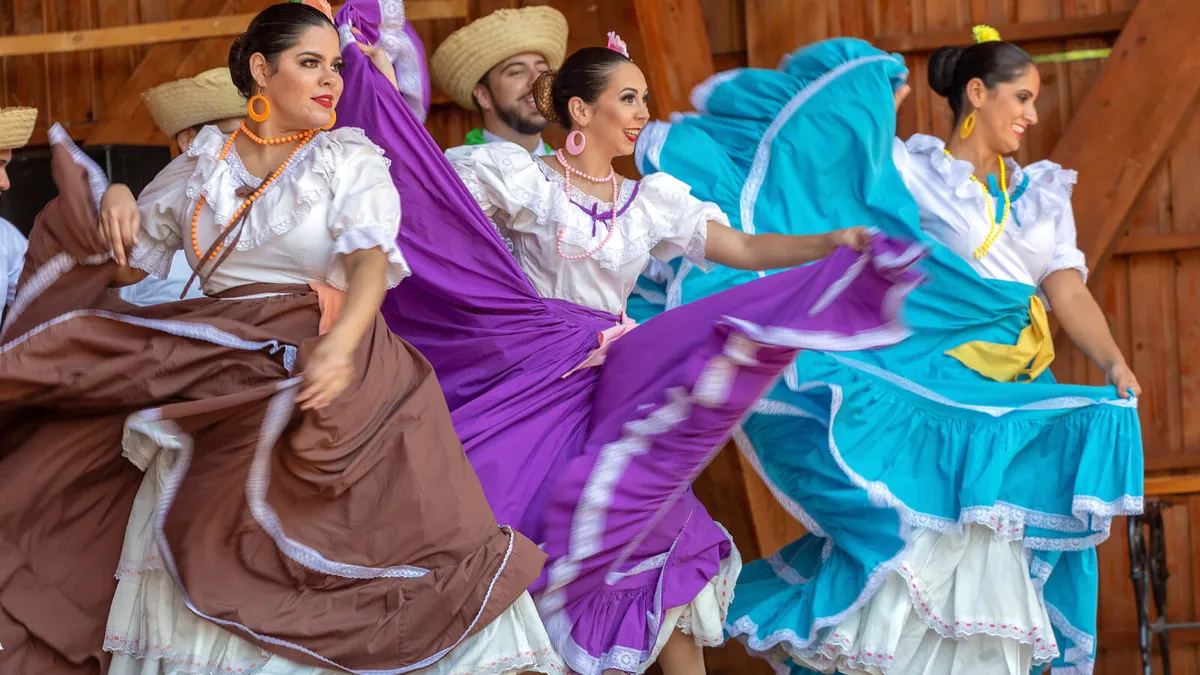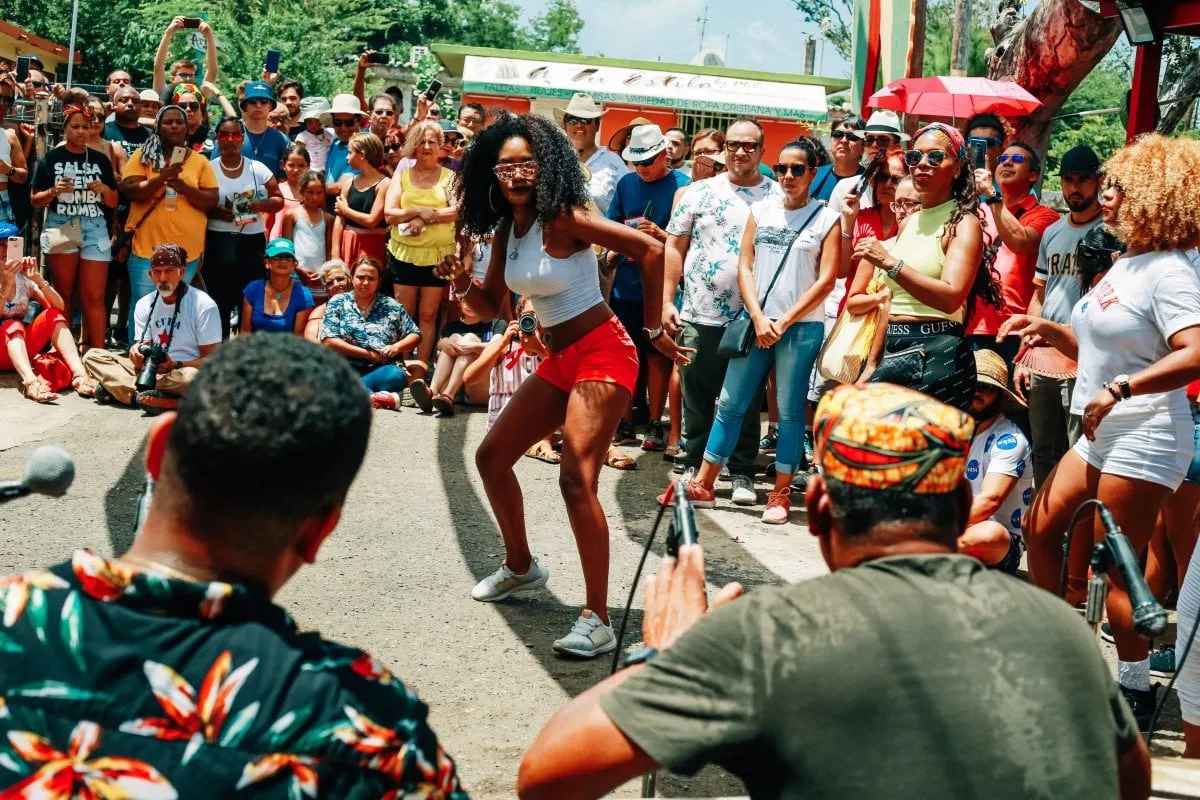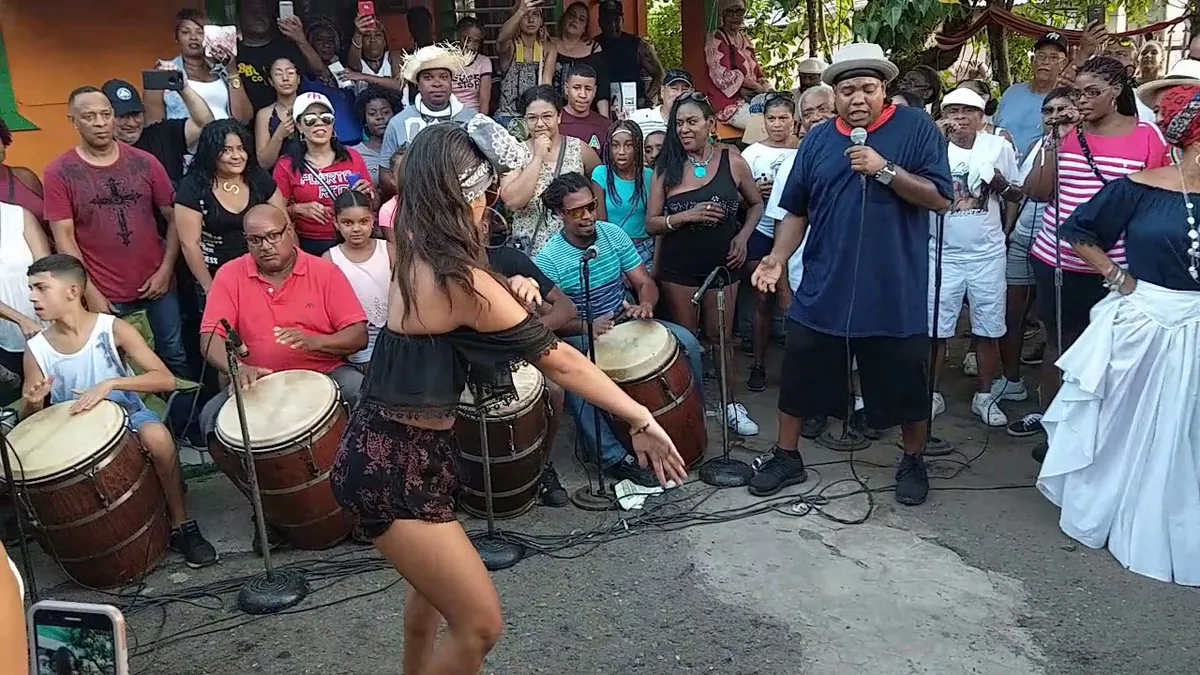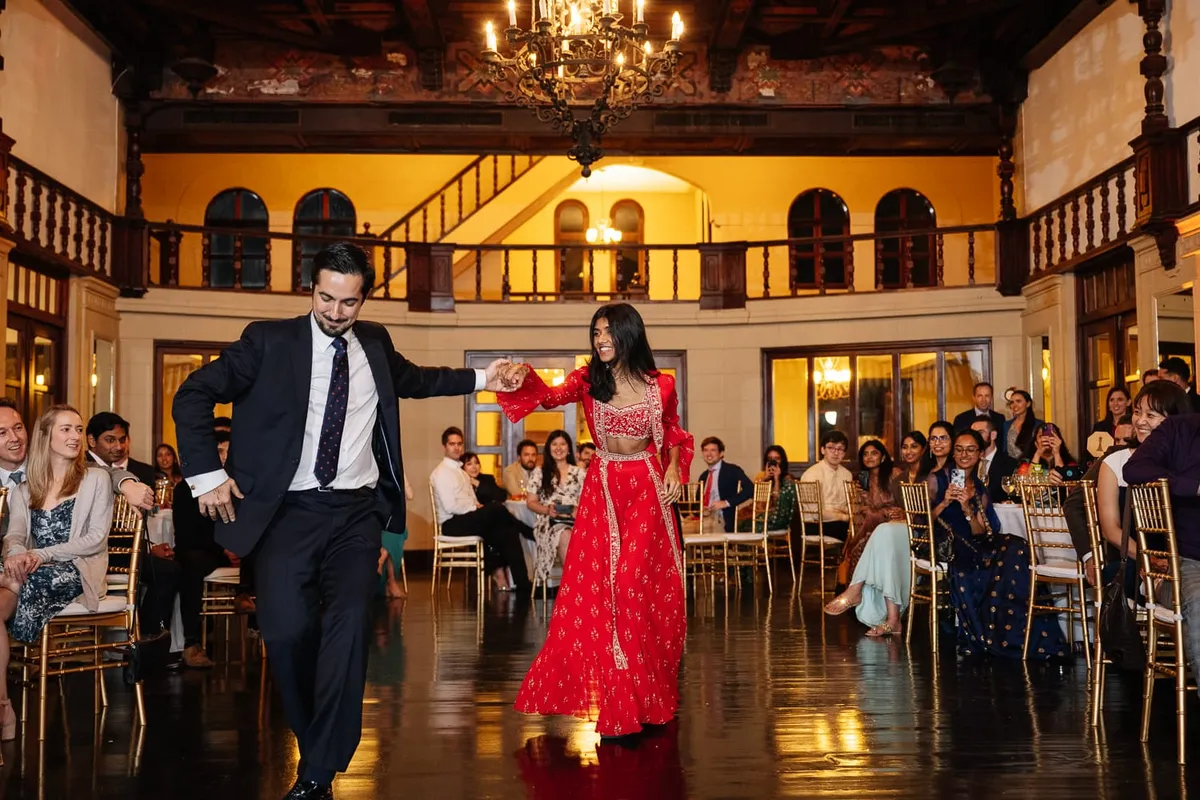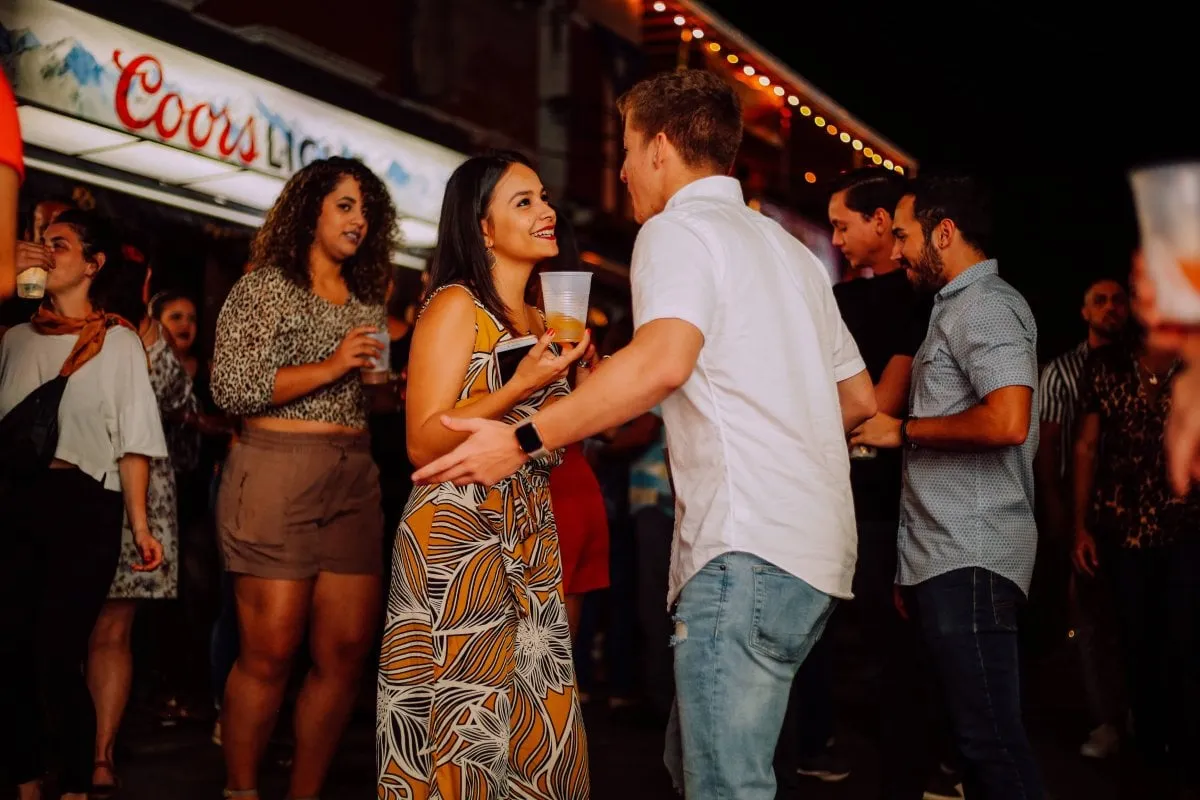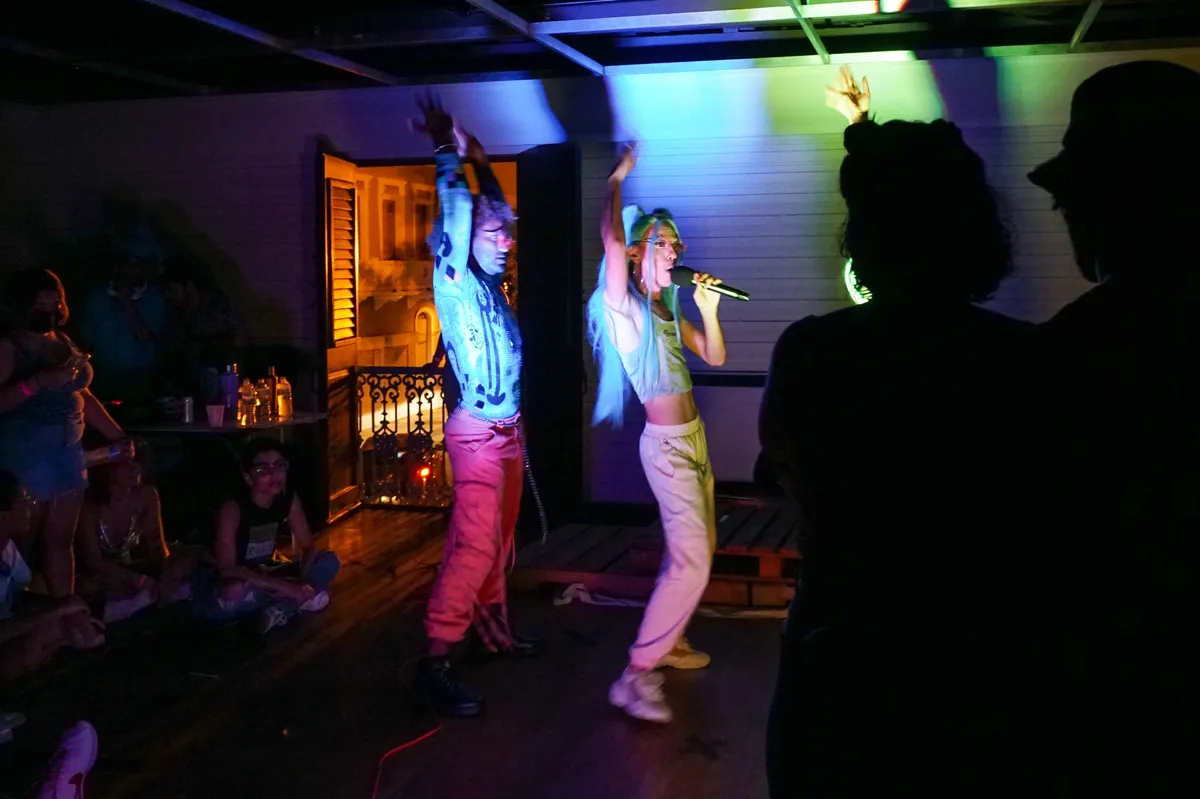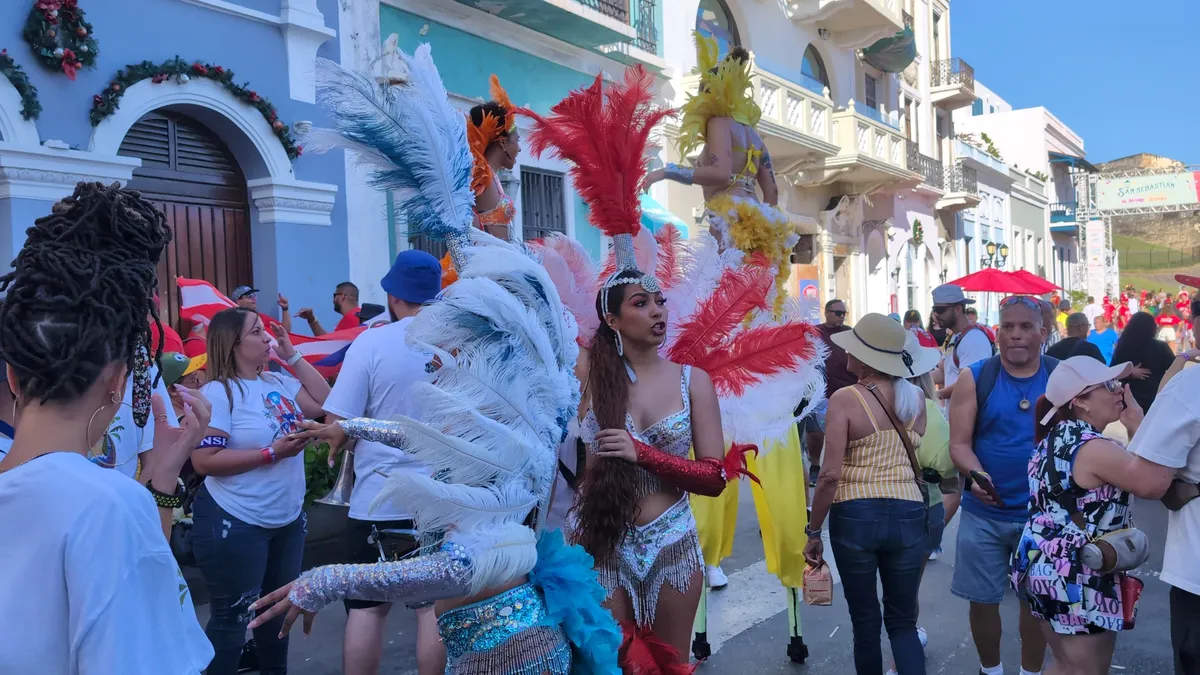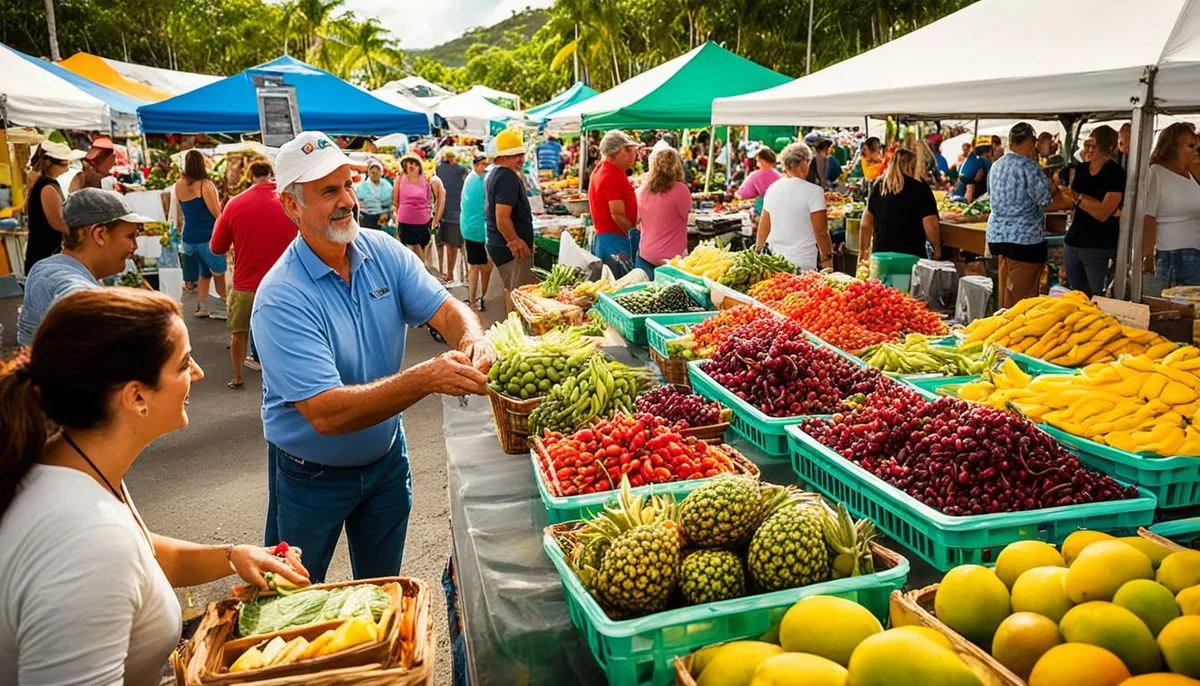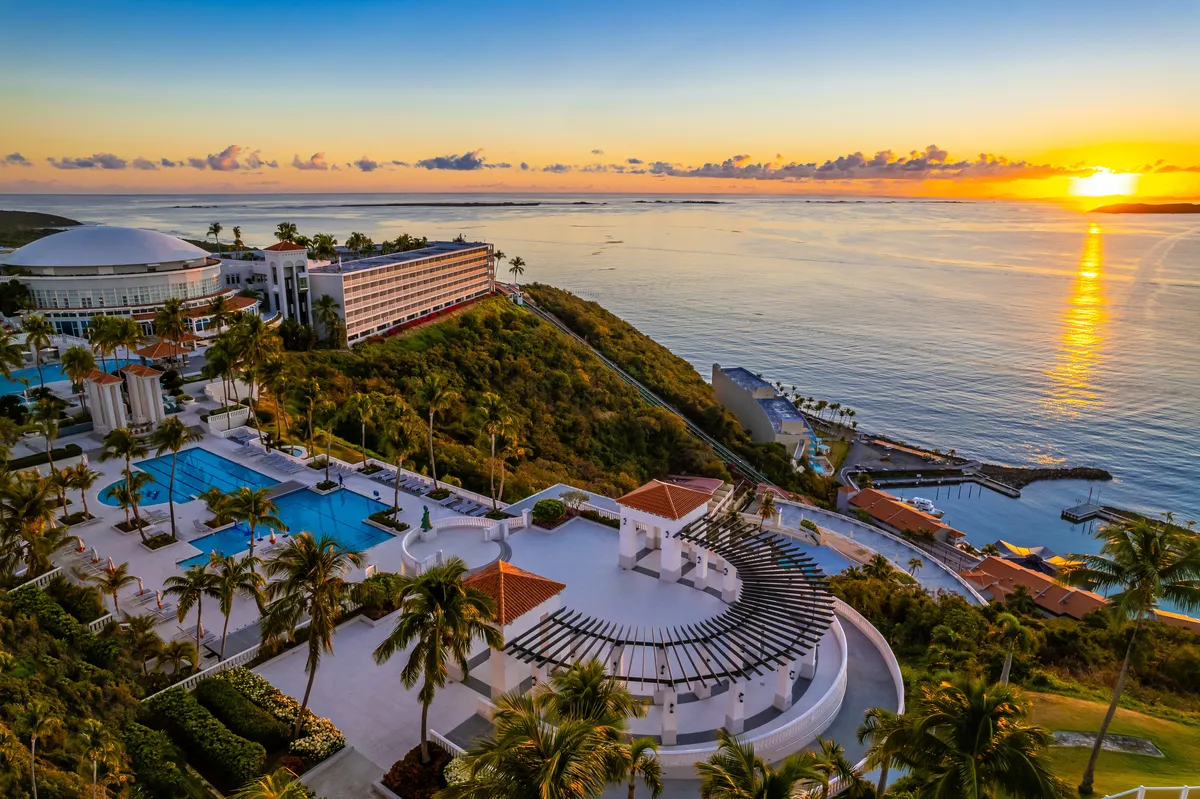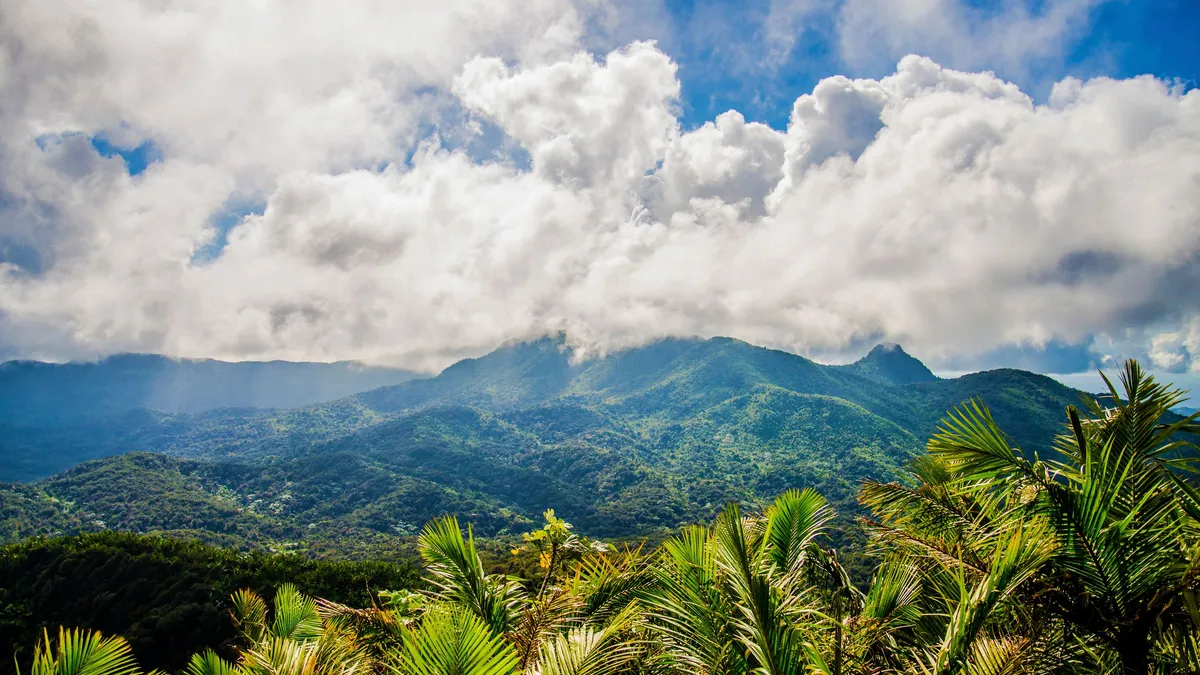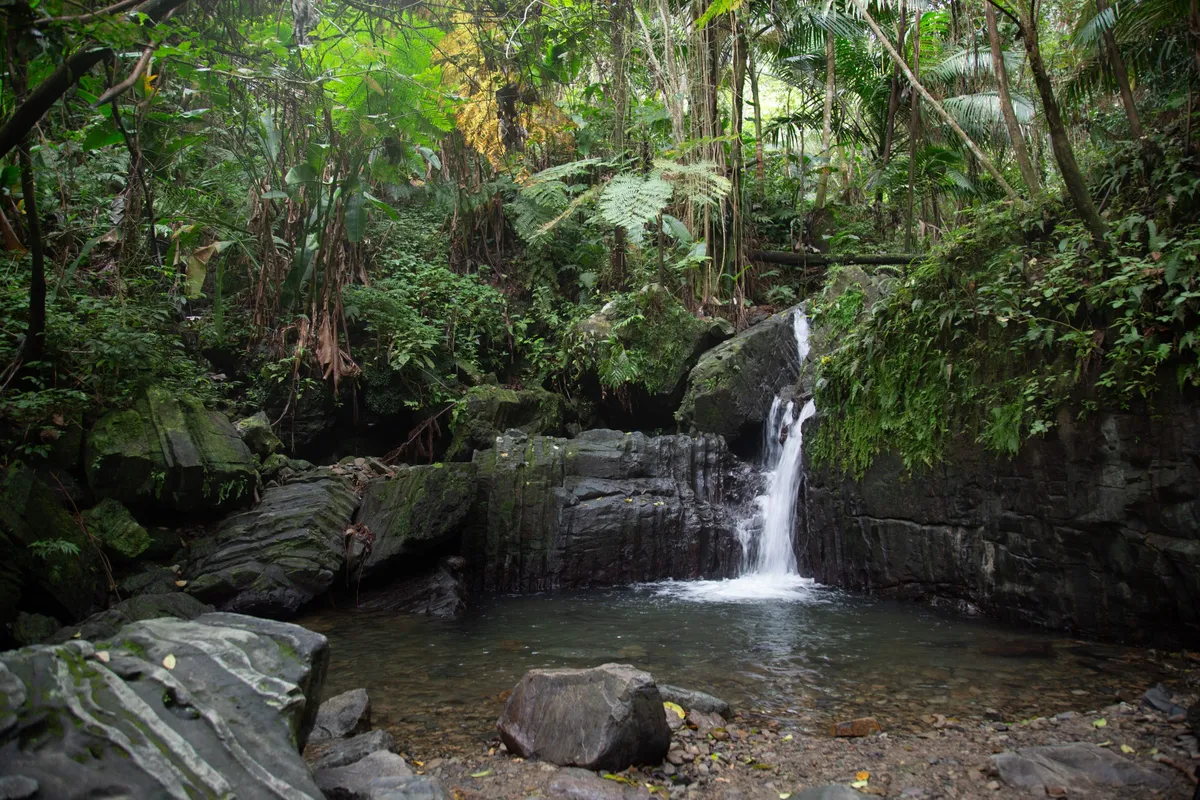Picture this: you’re walking through Old San Juan on a warm evening, and suddenly the air itself seems alive with music. From hidden courtyards, you hear the deep thump of barril drums. A few streets over, brass notes from a live salsa band spill through an open doorway. A passing car pulses with reggaetón beats over colonial cobblestones. This is Puerto Rico, where music flows through the bloodstream and dance is the heartbeat. Understanding the world of Puerto Rico dance means understanding the island’s soul—a vibrant tapestry woven from Taíno indigenous traditions, Spanish colonial influences, and the powerful resilience of West African heritage. Whether you’re drawn to ancestral rhythms or global beats, this guide will help you step into the story and feel the true pulse of Borikén.
The Story of Puerto Rico Dance: A Cultural Fusion
The art of Puerto Rico dance isn’t just entertainment; it’s a living archive of the island’s complex history. The Taíno people laid the foundation with their reverence for nature and community. Spanish colonialism introduced formal structures and European courtly traditions. West African culture, carried by enslaved people, brought the drum, call-and-response patterns, and an unbreakable spirit. As scholars note, “In the ever-increasing diaspora, the dance holds a central position in the construction and practice of complex, mixed histories and identities. The Puerto Rican experience provides a case in point.” From the 400-year-old traditions of Bomba to the global phenomenon of reggaetón, each dance form tells part of this story. For travelers seeking authentic cultural immersion, this island offers something rare: the chance to not just watch, but participate in a Puerto Rico dance tradition that has shaped an entire people’s identity.
A Quick Guide to Puerto Rican Dance Styles
Before we dive deep, here’s your compass pointing toward the island’s core rhythms:
- Bomba (17th century, African origins): The most ancestral tradition, characterized by improvisation and the unique dialogue between dancer and drummer. Best experienced in Loíza and Santurce.
- Plena (late 19th century, Afro-Caribbean): Known as “the sung newspaper,” this communal dance chronicles stories of working-class Puerto Ricans. Find it at festivals in Ponce or San Juan.
- Danza (19th century, European influence): An elegant, formal ballroom dance that became Puerto Rico’s classical music form. Experience it during the Fiesta Nacional de la Danza in Ponce.
- Salsa (1960s, NYC diaspora): The energetic, passionate partnered dance that conquered the world. Every corner of San Juan offers opportunities to learn and dance.
- Reggaetón (1990s, urban Puerto Rico): The modern, sensual sound that took the island from underground to global domination, defining modern Puerto Rico nightlife.
Folkloric Puerto Rico Dance: Traditions That Endure
The heart of Puerto Rico’s dance culture lives in its folkloric traditions, preserved and practiced in communities where these rhythms were born. Experiencing Bomba, Plena, and Danza means traveling through the island’s social geography, from historically Black coastal towns to the elegant salons of the colonial elite.
Bomba: The Soulful Dialogue of Afro-Puerto Rican Dance
No rhythm in Puerto Rico runs deeper than Bomba. This 400-year-old tradition is the first and most powerful voice of Afro-Puerto Rican identity, born in the sugar plantations of the 17th century. Enslaved West Africans from different tribes created Bomba as their common language, a tool for survival that allowed them to mourn, celebrate, and even plan rebellions. The lyrics conveyed a profound “sense of anger and sadness about their condition” and served as a “catalyst for rebellions.”
What makes Bomba utterly unique is the reversal of roles: the music follows the dancer. In a circle called the batey, a solo dancer enters and begins a conversation with the lead drummer playing the subidor. The dancer executes improvised movements called piquetes—a shoulder shake, foot stomp, or skirt swing—and the drummer must match every movement with a corresponding drumbeat in real time. It’s a breathtaking dialogue, supported by the steady pulse of the buleador drum and call-and-response singing.
You’ll encounter different Bomba rhythms, each with distinct feelings. Sicá is sensual and slower, while Yubá is aggressive and powerful. Holandés is energetic and joyful, perfect for celebration.
For travelers, Bomba workshops offer a welcoming introduction. Classes like the highly-rated Bomba Folklore Class in San Juan take place on Ocean Park Beach at sunset, where instructors guide beginners through the history and basic movements. Women receive flowing skirts, which become expressive tools. As one participant described, “It’s a liberating experience.” Educator Lío Villahermosa captures its accessibility: “We all have a heart, a body, things to tell… Anyone who wishes to dance bomba will find their path in it.” This form of Puerto Rico dance is truly for everyone.
Where to experience authentic Bomba:
- Workshops: Bomba Folklore Class (San Juan), Across Caribe Percussion with Beto Torrens, Taller Comunidad La Goyco (Santurce)
- Cultural Institutions: El Batey de los Hermanos Ayala (Loíza), Escuela de Bomba y Plena Rafael Cepeda Atiles (Santurce)
- Live Performances: La Terraza de Bonanza (Mondays, Santurce), El Boricua (Wednesdays, Río Piedras)
Plena: The Storytelling ‘Sung Newspaper’ of Puerto Rico
If Bomba is the soul, Plena is the storytelling voice of the Puerto Rican people. This joyous tradition emerged from working-class barrios of Ponce in the late 19th century. As the island transitioned from Spanish to U.S. rule, Plena became el periódico cantado, “the sung newspaper,” for artisans, former slaves, and peasants.
The lyrics chronicle everything from major storms to political events and local gossip, often filled with sarcasm and humor. Musically, Plena centers on the pandereta—handheld frame drums of three sizes that create its infectious rhythm, accompanied by the Taíno-rooted güiro.
Experiencing Plena feels like a collective celebration. You’ll often encounter it during street festivals like the Fiestas de la Calle San Sebastián in Old San Juan, where pleneros set up on street corners and crowds sing along. The beauty of this Puerto Rico dance style is its accessibility—you don’t need formal training to join in.
Where to experience Plena:
- Cultural Center: Casa de la Plena Tito Matos (San Juan)
- Live Venues: Café Borikén (Mondays, Río Piedras), Esquina El Watusi (Thursdays, Santurce), Lunes de Plena (Old San Juan)
- In Ponce: Visit neighborhoods like San Antón, often mentioned in classic Plena songs.
Danza: The Elegant Ballroom Dance of Puerto Rico
Step away from the percussive Afro-Caribbean heartbeat and into the formal ballrooms of the 19th-century Spanish elite to find Danza. This elegant dance of courtship became a powerful symbol of criollo (Puerto Rican-born Spanish) cultural sophistication, fusing European ballroom dances with a syncopated Afro-Caribbean hint.
Composers like Juan Morel Campos elevated this art form, and the island’s anthem, “La Borinqueña,” is a Danza. The dance is dignified, performed by couples in a waltz-related style. Performances traditionally began with a paseo, an elegant walk around the ballroom. Women used fans as a secret language for flirtation. This historic Puerto Rico dance offers a fascinating glimpse into the island’s colonial past.
Where to experience Danza: The best opportunity is the Fiesta Nacional de la Danza in Ponce each mid-May. This week-long festival honors composer Juan Morel Campos with formal competitions and performances at the historic Teatro La Perla. Outside the festival, Danza is performed at select cultural events, requiring specific planning to witness.
Modern Puerto Rico Dance Rhythms: Salsa and Reggaetón
While folkloric dances tell the story of Puerto Rico’s past, salsa and reggaetón carry the island’s name across the globe. These are the rhythms of vibrant nightlife and the ongoing cultural conversation between tradition and modernity.
Salsa in Puerto Rico: The Ultimate Social Dance Experience
Salsa is the dance most people associate with Puerto Rico—an explosion of energy, passion, and social connection. Born in New York City’s multicultural neighborhoods in the 1960s, “salsa” (sauce) perfectly describes its spicy blend of Cuban son, Puerto Rican Bomba and Plena percussion, and American jazz.
At its core, salsa is a partnered dance based on a three-step pattern over four beats of music. For beginners, the technicalities matter far less than the feeling—listen to the music, connect with your partner, and let the rhythm guide you. Learning salsa is a quintessential part of any Puerto Rico dance journey.
Where to learn and dance salsa in San Juan: For beginners, outdoor classes at sunset in locations like Ventana al Mar park provide a perfect, judgment-free introduction. Instructors break down basic steps simply, building confidence quickly.
Once you’ve learned the basics, hit these top salsa spots:
- La Factoría (Old San Juan): A world-acclaimed speakeasy with a dedicated back room for live salsa on Sunday and Monday nights.
- Taberna Los Vázquez (La Placita de Santurce): A no-frills bar where the street becomes the dance floor for live salsa bands on Fridays and Sundays. It’s an immersive, unforgettable experience.
- Piso Viejo (Calle Loíza): A youthful spot that mixes live salsa bands with DJ sets of reggaetón and contemporary Latin hits.
- El Boricua (Río Piedras): A legendary cultural staple near the university, hosting live local music from salsa to bomba and plena.
Reggaetón: Puerto Rico’s Global Music Phenomenon
From local barrios to the top of global charts, reggaetón is Puerto Rico’s most successful 21st-century cultural export. It’s the sound of youth and the beat of modern Puerto Rico dance clubs.
Reggaetón began in the late 1980s as “underground” music, fusing Jamaican dancehall, Panamanian rap, and American hip-hop. Pioneers like Daddy Yankee and Ivy Queen forged this sound as a raw expression of urban life. Its defining characteristic is the hypnotic dembow beat, and its associated dance style, perreo, is characterized by sensual hip movements.
Where to experience reggaetón: Reggaetón is ubiquitous. To experience it in high-energy nightclubs:
- San Juan (the epicenter):
- Club Brava & Fifty Eight: Upscale nightclubs in iconic hotels attracting stylish crowds with top DJs.
- La Respuesta (Santurce): An artsy, alternative venue that hosts dedicated reggaetón nights.
- Ponce:
- Venus Club: A dynamic nightclub where reggaetón takes center stage.
- Taboo Night Club PR: An energetic venue playing a mix of salsa, reggaetón, and other lively beats.
Planning Your Puerto Rico Dance Trip
Here’s your practical roadmap for finding classes, attending festivals, and dressing the part so you can step onto the dance floor with confidence.
Finding Dance Classes and Schools in Puerto Rico
Puerto Rico offers a wealth of options, especially in San Juan and Ponce.
- San Juan – Social Experiences:
- Cambio en Clave: Famous for large, social group classes at the Museum of Art of Puerto Rico.
- Santurce Salsa Club: Specializes in beginner-friendly classes.
- San Juan – Formal Instruction:
- Arthur Murray Dance Studio: A classic choice for various Latin ballroom styles.
- Your Style Academy: Offers structured classes in both Salsa On1 and On2.
- San Juan – Folkloric Dance:
- DanzaActiva: Offers Bomba classes alongside Salsa and Spanish Flamenco.
- Ponce:
- Club Salsa PR: Accessible drop-in classes at Plaza del Caribe mall.
- Ponce Cuna de la Salsa Tour: A guided tour of historic salsa sites.
- Experiential Classes (Island-wide): Platforms like Airbnb Experiences and GetYourGuide list dozens of classes from local instructors in breathtaking locations.
Puerto Rico’s Top Annual Dance Festivals
Planning your trip around a major festival is an incredible way to experience the local culture at its most vibrant.
- Fiestas de la Calle San Sebastián (January, Old San Juan): Massive street party with Plena, Bomba, and Salsa.
- Carnaval de Ponce (February, Ponce): Traditional carnival with parades, Plena, and Bomba.
- Día Nacional de la Zalsa (March/October, San Juan): Huge outdoor salsa concert.
- Fiesta Nacional de la Danza (May, Ponce): Elegant, historical celebration of Danza.
- Festival de Bomba y Plena (Varies, Ponce/San Juan): Deeply cultural folkloric performances.
What to Wear for Dancing in Puerto Rico
Packing the right attire makes your experience more comfortable and authentic.
- Bomba/Plena Workshop: Women should wear a long, full, flowing skirt (falda), which is an expressive tool in the dance. Men can wear comfortable pants or shorts.
- Salsa Club: Aim for smart casual. Wear something stylish that allows for movement. Shoes with smoother soles are best.
- Danza Performance: This is a formal event. Dress as you would for the theater.
- Outdoor/Beach Class: Athletic or yoga wear is perfect. You’ll likely dance barefoot.
The world of Puerto Rico dance is more than steps and music—it’s the island’s living heartbeat, a 400-year conversation that continues to evolve. From the ancestral power of Bomba to the global joy of salsa, each rhythm offers a different window into the Boricua soul. Whether you’re taking your first steps at a sunset beach class or dancing until dawn at La Placita de Santurce, you’re participating in a tradition of survival, celebration, and community. The island welcomes you to join the story and discover why in Puerto Rico, to dance is to truly be alive.
Read more:
